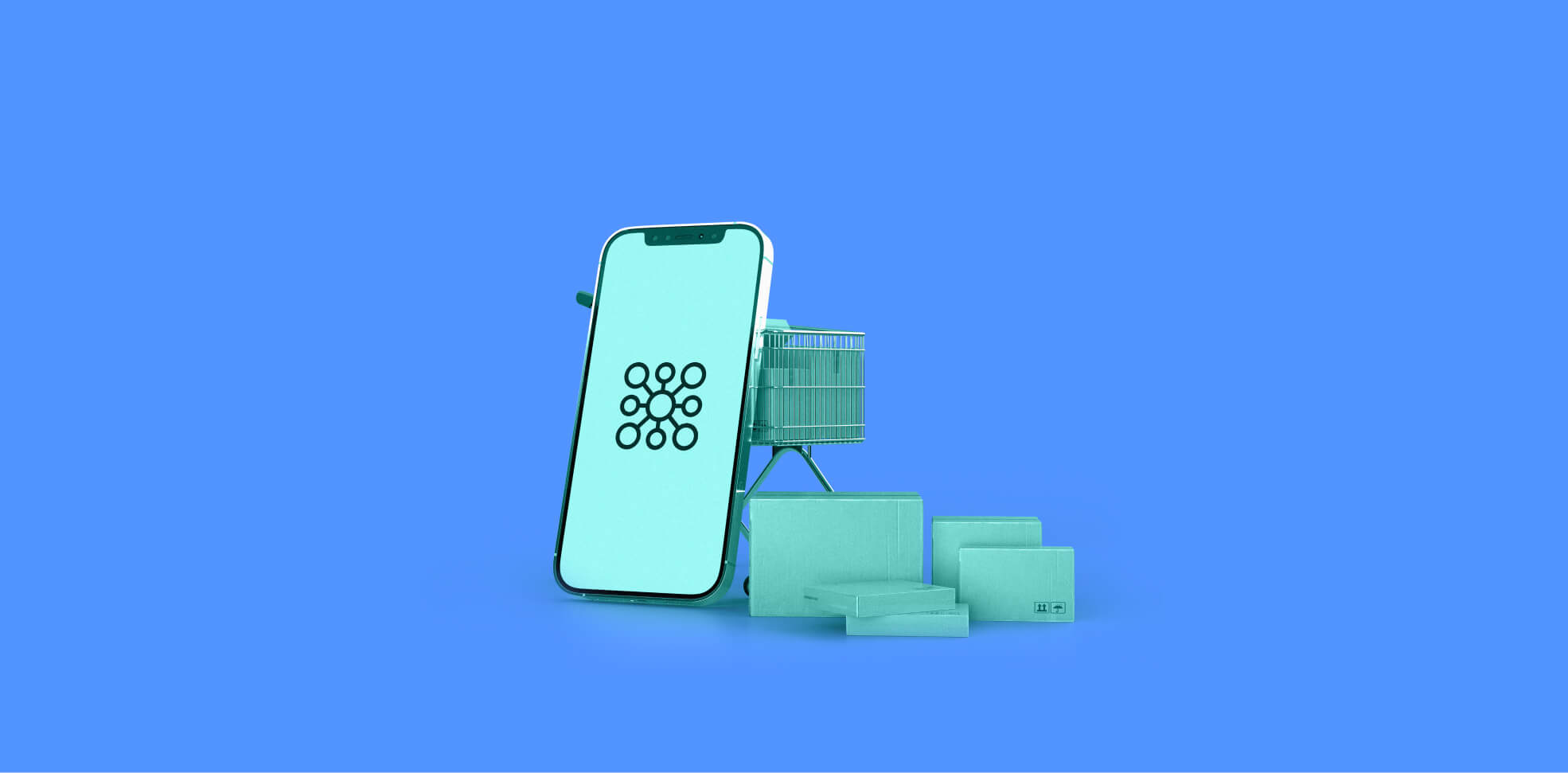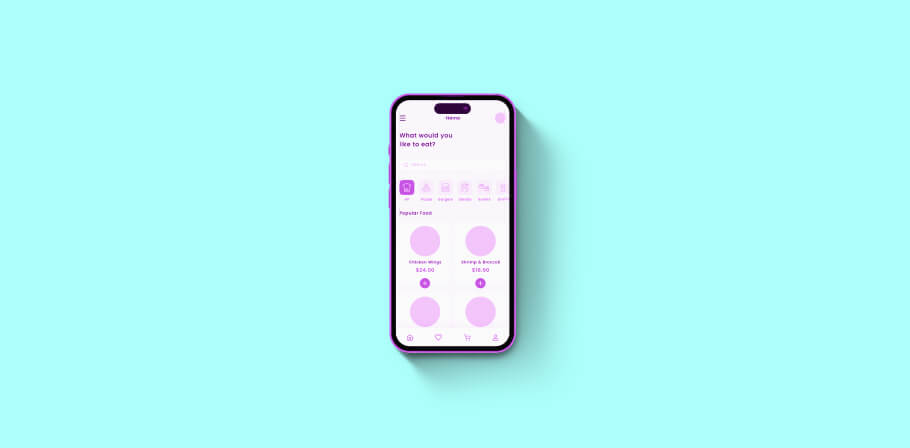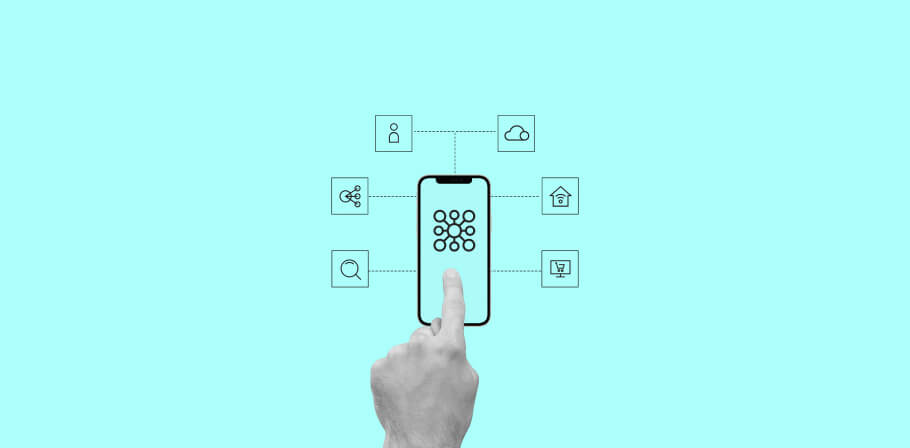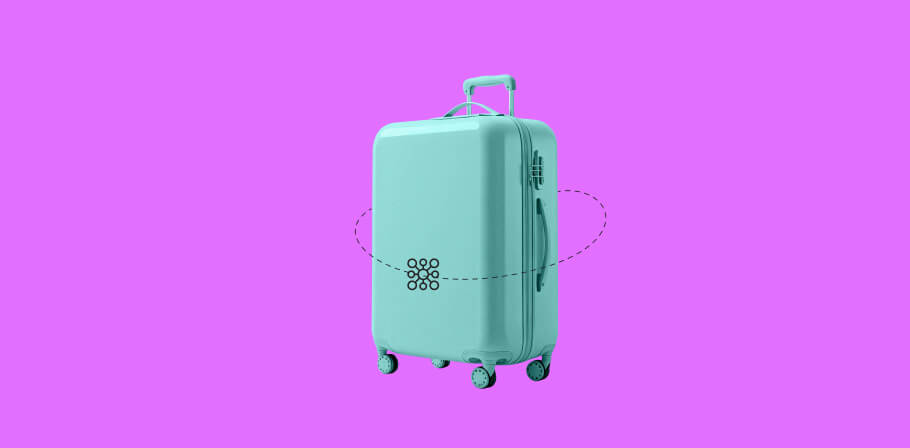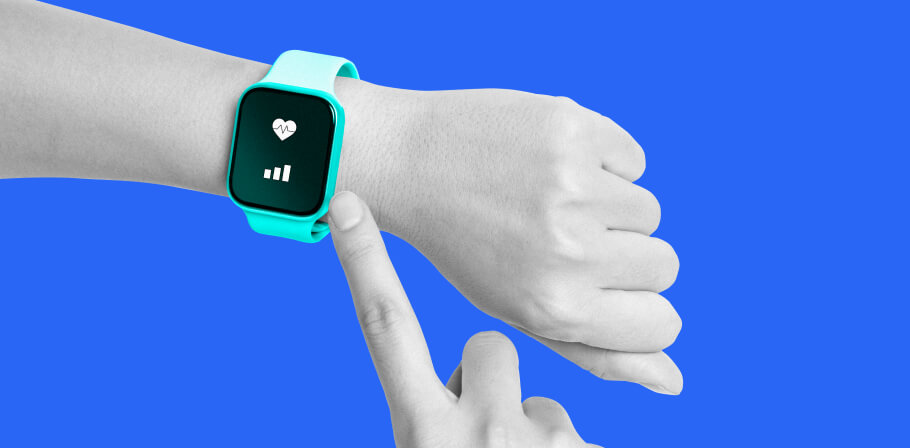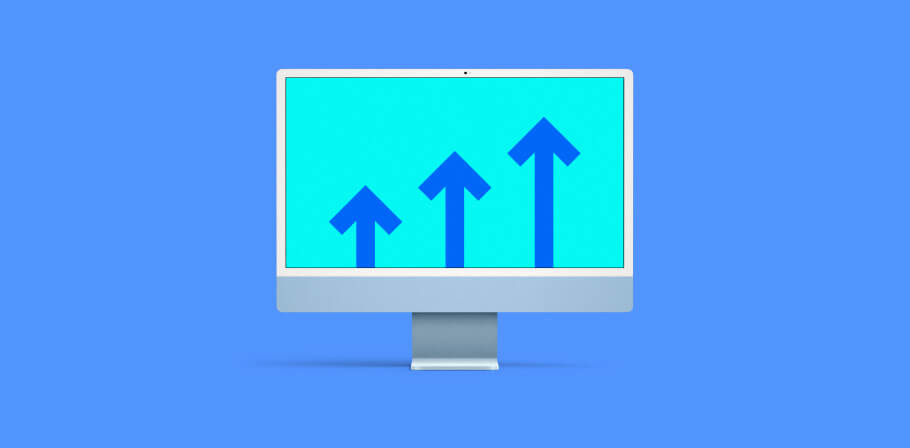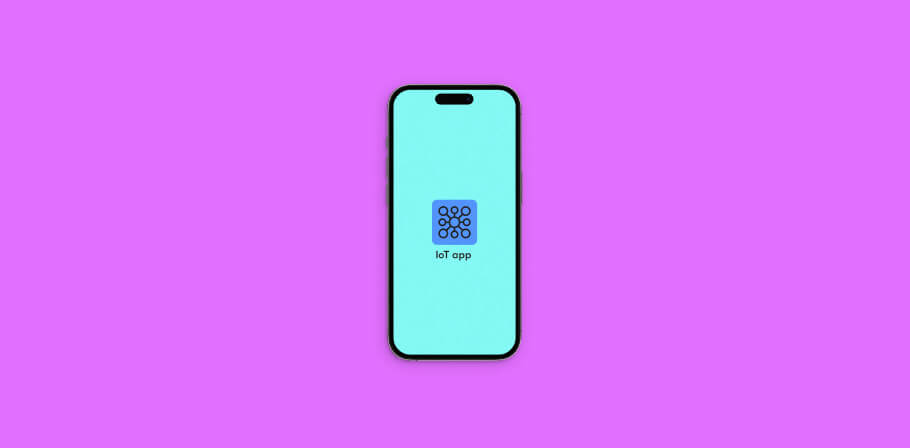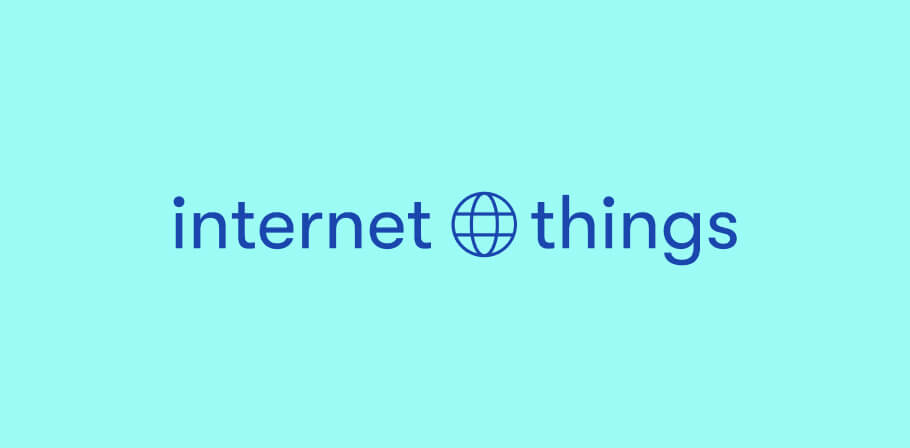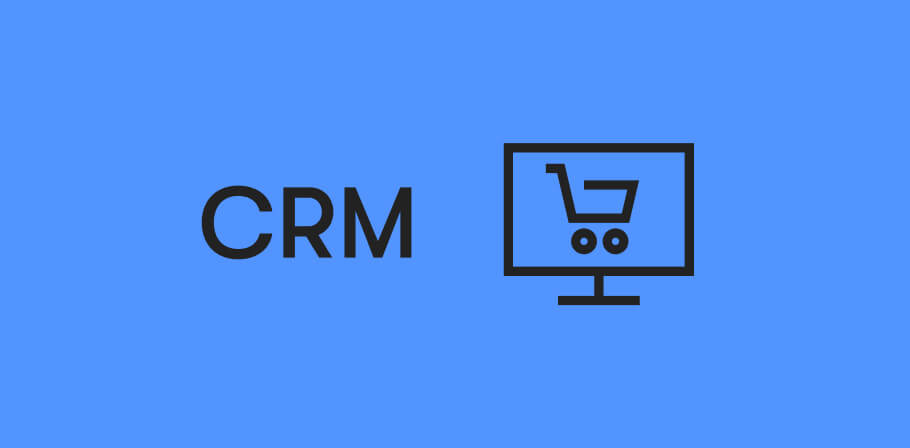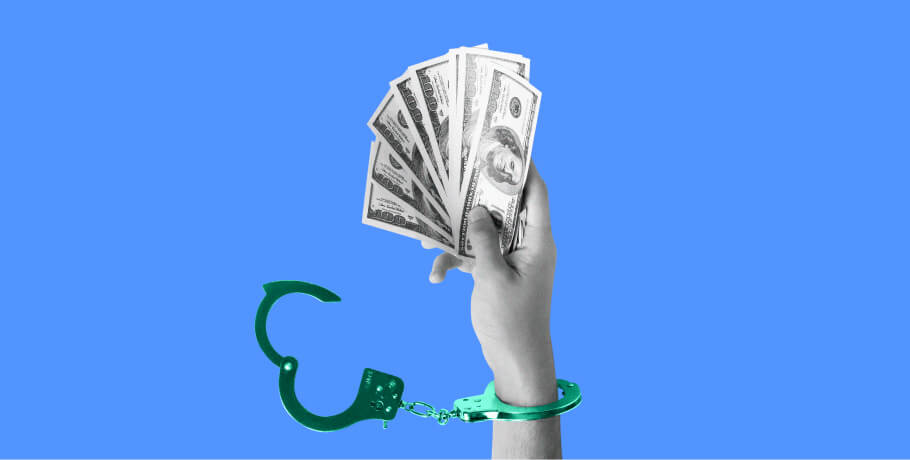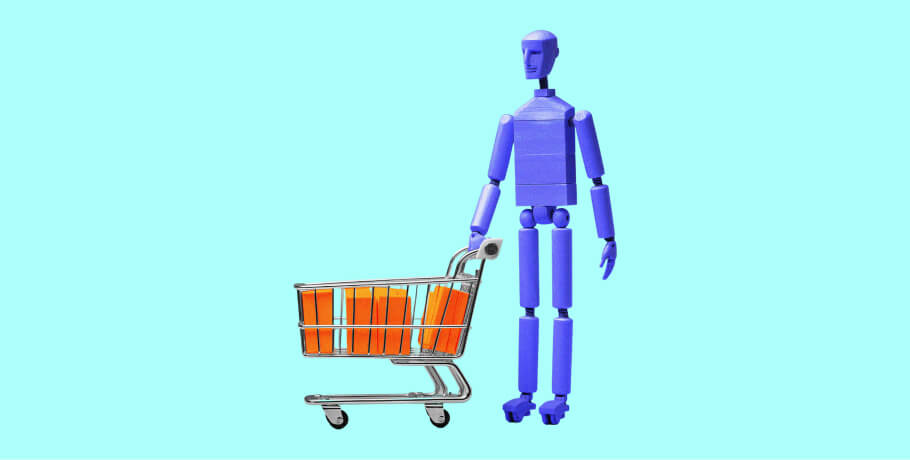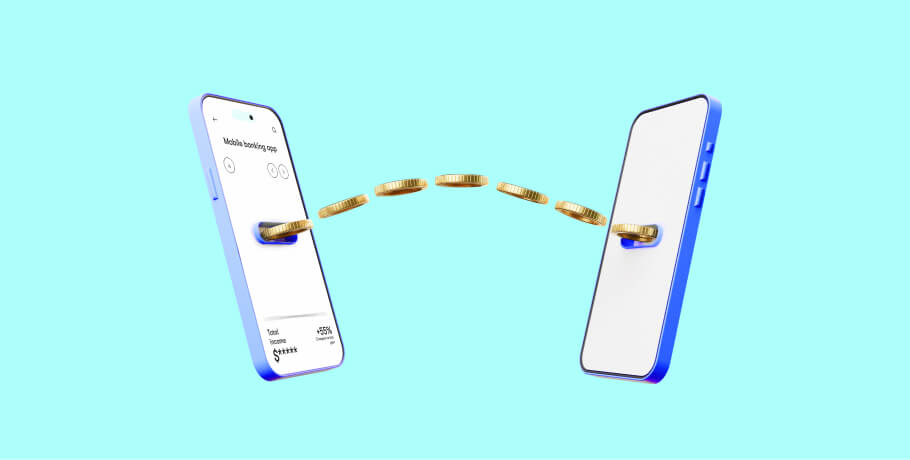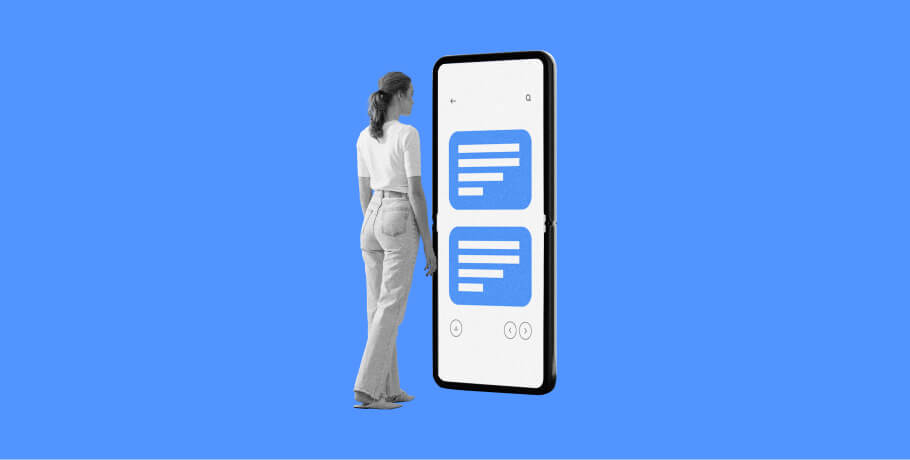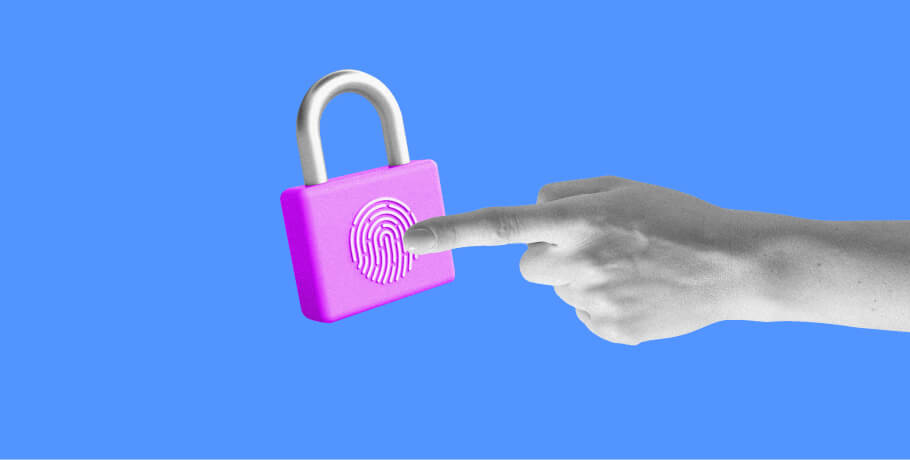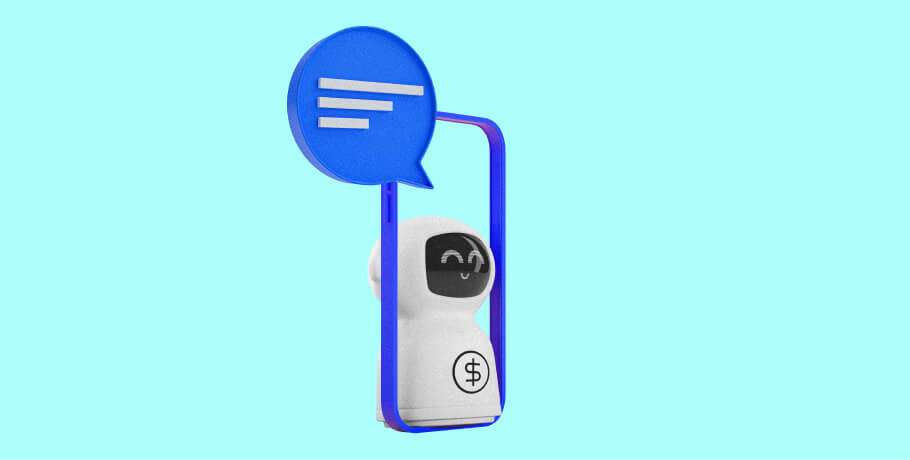Despite pressure from online stores, the retail industry is still going strong. Top players constantly innovate to keep their market share — this includes using cutting-edge technology like the Internet of Things (IoT). In this article, we will show how IoT is transforming the retail industry by improving customer experience, decreasing shrinkage, and boosting sales. We will also demonstrate notable use cases and tell you about the most prominent companies that have adopted IoT for the benefit of their business.
IoT in Retail: top tips that save losses by the millions
The main application of IoT in retail is uniting the merchandise, the store, and the customers into one efficient chain for the benefit of all.
Connected devices can track consumer behavior, predict trends, prevent theft, and help monitor the condition of other electronics. In addition, they help automate many of the routine tasks, freeing up human workers to focus on more important activities.
Retailers using IoT results in a better shopping experience for the buying public, as they can find the goods they want to purchase faster, get timely recommendations, and use automated checkout without waiting in lines.
How to Improve Customer Experience with IoT in Retail
One of the most common uses of the internet of things in the retail industry is improving customer experience. This is how it’s done.

Product fit
IoT in retail shops offers many ways to adapt the selection of merchandise to the buyers’ tastes. Simple sales figures aren’t enough to learn their preferences — people might be buying something not because of its quality, but because of more convenient placement or ads.
One way to do so is face and eyes tracking. With smart cameras, you can analyze where people look and what they feel. For example, if many people view a certain product with disgust but buy it anyway, perhaps stocking its competitors’ options instead would boost sales.
Of course, if you don’t have your own development team, to capitalize on this benefit you’ll need to acquire retail software development services from a reliable vendor.
Convenience
Making shopping as simple and fun as possible goes a long way toward improving your customer experience and profitability. IoT in the retail sector offers many opportunities to do just that.
Automated checkouts are one great example. Simple ones just let people bag their own goods and pay as they go. More complex ones, like what Amazon has rolled out, only require shoppers to scan the code with their smartphones as they walk inside a store. Then they’ll be billed to their cell phone account automatically for the goods that they take.
Another is digital signage. If the shopper intends to go to a section where it’s overly crowded, the smart sign could warn them. Or it could suggest other goods based on the customer’s preferences and buying habits.
Touchless interactions
The COVID-19 pandemic has made people more conscious about what they touch. So the shops started adding ways to help shoppers make purchases with as little physical contact as possible.
For example, smart mirrors let people select clothing and see how it looks on them without actually putting it on. This is done through a combination of augmented reality and computer vision.
Touchless interfaces also help. They let people interact with objects with gestures or even facial expressions.
Personalization
IoT in retail analytics brings customers a new level of personalization.
The simplest example is marketing. If you offer a person something they might really be interested in, they will find the experience pleasing. Suppose a young man bought a pair of boxing gloves last time he visited your store — offering him a mouthpiece, athletic tape, and trunks next time would be entirely appropriate.
Do you want customers to keep returning to your stores again and again? Schedule a free consultation with our IoT experts and see how it can be done.
Top 5 Use Cases How IoT Contributes to Retail
There are many potential ways of making “smart retail” a part of everyday business by using IoT. We will list some of the top ones.

Warehouse management
With the help of connected devices, warehouses can be improved like never before.
Warehouse robots have long since moved from science fiction into reality. Many companies use them to decrease labor costs, speed up order fulfillment, and optimize shelving. They are compact, energy-efficient, and connected to the cloud, which lets owners adjust them en masse if needed.
Smart sensors also help. They monitor the storage conditions (humidity, temperature, stability, etc.) and alert the owners if something goes wrong. This eliminates human error and helps prevent losses or at least limit them. They can also automatically order more of certain goods when stock gets too low.
There are also more exotic applications; for example, smart lighting systems that use sensors, AI, and LEDs to provide much cheaper lighting and lower carbon footprint.
Theft in retail stores
Shrinkage cost US retailers an average of $719,548 per $1 billion in sales in 2020. And the number keeps growing. Companies try to combat this, though often without much success, as traditional methods (e.g. anti-theft tags) are either damaging to the user experience or product, inconvenient, or ineffective against determined shoplifters. This is where smart retail and IoT applications can help.
One option is RFID tags. They are small and unobtrusive, which means shoplifters are less likely to remove them. And these tags constantly monitor whether the items are where they should be.
Another available tool is deploying smart cameras paired with machine learning. They can detect suspicious activity, identify the faces of known thieves, or track the goods on the shelves.
Don’t forget to engage IoT development services, as you’ll need specialized software to manage hardware.
Substandard/damaged goods
IoT in retail stores is often used to prevent damaged or substandard goods from getting on the shelves.
One part of applying IoT in this way is monitoring shipments while in transit. Sensors ensure that the conditions are within the acceptable range so that the goods that end up in your shops remain sellable.
Another is supply chain management. By marking the products, for example with RFID tags, you can ensure that the merchandise that was in mint condition at the start will remain so upon arriving at the destination.
Predictive maintenance
Predictive maintenance means addressing equipment problems before they become critical. This saves a lot of money, as prevention is always less costly than providing a cure.
Vending machines, cash registers, and other equipment can be fitted with sensors that monitor their state and report status to an AI-enabled system. When something faulty occurs, a notice or alert will signal that maintenance is required, and workers will be able to fix the device before it breaks.
Analytics
IoT in retail analytics helps monitor customer behavior, sales, and staffing. It is a blend of retail and business intelligence.
For example, there are systems that help recognize people’s age and self-identifying gender to deliver more relevant information to the customers and to help the shop’s owner make decisions based on demographic data.
Other systems monitor traffic flow and sales figures to help the store management choose optimal levels of staffing for different dates (holidays, sales, etc.). Still others help with marketing analytics, pricing policies, and customer service.
Do you want customers to keep returning to your stores again and again? Schedule a free consultation with our IoT experts and see how it can be done
Using IoT has Become One of Their Leading Growth Drivers. Learn From the Best
Just like in banking, some of the most interesting IoT use cases in retail come from world-renowned companies. We have gathered a few examples for your inspiration.
Amazon
Besides being the most powerful eCommerce company, Amazon also has physical shops. It is one of the pre-eminent users of IoT applications in retail.
It uses robots for order management and shelving in warehouses, helping reduce costs while speeding up fulfillment. It is also known for Amazon Go, a grocery/convenience store with an automated checkout system that lets people just pick up items and leave, charging their cell phone account.
In addition, Amazon Web Services (AWS) is often used as the preferred cloud choice where businesses store their IoT data.
You may also be interested: IoT in e-Commerce Complete Guide.
Walmart
Walmart is one of the largest retailers in the world. It was among the early adopters of IoT for the retailing industry and has expanded its use for many purposes.
For example, it uses sensors to monitor the refrigerators inside the stores. The devices track the temperature in real-time to ensure food safety and legal compliance, and are plugged into a predictive maintenance system to save Walmart money on fixing technical issues.
It also has sensors in the HVAC systems. These are needed to monitor the ambient temperature in the stores and relay it to management. This helps the leadership raise or lower the heating power as well as manage power consumption. Such measures decrease utility expenses and help manage the network load in critical moments, avoiding blackouts.
Other connected devices in Walmart include smart shelves, warehouse sensors, and warehouse robots. Walmart’s in-house IT department is capable of making an IoT app, letting the company adapt to the changes quicker.
Overall, Walmart’s IoT efforts were one of the reasons why it made $45B more during the pandemic than before it.
Hershey
Candy might seem like something for children, but making it is serious business. Hershey understands this, which is why it has been actively implementing IoT in its locations.
During the production, the company uses smart sensors to manage the size of the candy and thus save the resources that go into making it. The idea is to keep the weight as close to the one promised on the packaging so that the company doesn’t have to spend more than it needs to.
“As we get better at this, you’ll get less of Reese’s Peanut Butter Cups. I have to give you 2 ounces. I can’t give you 1.99 ounces, so I give you 2.19 ounces. We predict what the weight will be before we give you the candy,” George Lenhart, senior manager, said when discussing advanced productivity and collaboration in an interview with TechRepublic.
Hershey also uses smart shelves that can recognize a person’s physical characteristics and thus offer more relevant information on the display strips.
Ulta
Ulta, a beauty product manufacturer and retailer, has always been tech-savvy. It adopted IoT, augmented reality, and artificial intelligence before these technologies became mainstream. This is part of the reason it currently holds 9% of the beauty and self-care product market in the US.
Ulta mostly uses IoT to improve the quality of customer service. For example, it has a mobile app called GlamLab that helps with virtual try-on and remote beauty advice. But its functions can also be handled by in-store smart mirrors and robots.
Lululemon
Lululemon is not only a clothing and fitness goods retailer — since it purchased MIRROR, a home workout company, it has been actively engaging in high-tech.
One of its most impressive successes was the roll-out of RFID inventory management technology across all its North American stores — 300 locations. Thanks to this implementation, both management and their customers always know what’s in stock. And if there is something customers want that isn’t in their physical location, the items can be shipped to them.
This case won Lululemon an award for the best implementation of RFID in retail.
Lowe’s
The world’s second-largest home improvement store chain has been actively using IoT to help its customers get the best shopping experience — and return for repeat purchases.
One of the most innovative examples is OSHbot, an in-store robot that can help both store managers and buyers. To the former, it assists with inventory management. The latter can ask it for directions and be escorted to the goods that they want to find. LoweBot uses the combination of lidar (like in self-driving cars) and speech recognition to perform its duties.
Lowe’s also has a dedicated mobile app that helps customers with navigation in the stores. Lowe’s Vision picks the most efficient route to the goods that the users want to find and overlays the direction on their smartphone screens with augmented reality.
In addition, the chain actively stocks smart home devices and promotes them through the "Smart Home powered by b8ta" program.
Kroger
Grocery stores usually aren’t the first thing that comes to mind when speaking about digital innovation. Kroger begs to differ, actively exploring IoT applications in the retail industry.
First, the company widely deploys temperature trackers to monitor the conditions of food and the microclimate within the stores.
Second, it has security cameras for several purposes besides the obvious — Kroger also uses them for video analytics, monitoring traffic and customer behavior, as well as improving customer experience (e.g. having shopping carts wherever they are needed).
Third, Kroger’s network allows managing the workload on the cash registers. Depending on the number of users, it opens or closes them, thus saving customers 36 million minutes per day.
Besides using the innovations in-house, Kroger commercializes them, opening another revenue stream for the company.
Target
Target was among the companies that used tech to quickly adapt to changing conditions under the COVID-19 restrictions. However, it already had a solid foundation, as it has been implementing the Internet of Things in retail stores since 2015.
Speaking about the pandemic, within a week from the start of limiting the number of people at stores, Target had an app for the employees to control this. The cameras filmed people entering and exiting the store, the software in the cloud counted them and sent the information to the handheld tablets that staff members carry.
Target’s mobile app is another element of its IoT strategy. It helps shoppers find the goods they are looking for while showing any “hot deals” nearby. The navigation is handled through wireless beacons.
Target employs around 4,000 software developers and data scientists, so it can handle its retail automation without engaging outside help.
Hy-vee
The large Midwestern supermarket chain is serious about high tech — it even won two awards from the Technology Association of Iowa.
The most prominent application of IoT for them is supply chain management. Using RFID tags, Hy-vee tracks the condition of groceries while in transport to its locations. If standards are not met upon arrival, the company can refuse the delivery. And, if refused, the analytical software helps adjust the shelf life of the goods accordingly.
Macy’s
The department store chain has been among those who readily adopted RFID technology en masse and gained major benefits from it.
The first benefit was better sales and inventory tracking. The data that the company received allowed for more precise restocking, which means customers were nearly always able to find what they were looking for.
Another use case is loss prevention. By combining the data from RFID chips and cameras, Macy’s was able to react to theft quicker and combat organized retail crime more effectively.
Implementing IoT in Your Retail Business: A Good Decision? Or a Great Decision?
IoT and the retail industry are a match made in ROI heaven. Connected devices bring a lot of benefits to the shops that use them.

Decreased waste
Tracking systems connected to a network help businesses save millions of dollars by reducing all forms of waste: damaged goods, expired foodstuffs, excess heat and electricity, etc. IoT devices monitor the conditions that items are kept in, as well as the temperature in stores, and relay the information to the database and the systems that can make adjustments on their own or with human input.
Less waste means more efficient use of the company money, as well as more environmentally-friendly operations.
Less maintenance spending and downtime
The Internet of Things is a necessary element of predictive maintenance — finding problems that are about to appear and fixing them in advance. This helps decrease spending on maintenance and negates many hours of downtime. Not to mention the improvements in customer service (like the annoyance from constantly broken ice cream machines at a certain fast-food chain, for example).
More efficient logistics
Monitoring the supply chain ensures that your products maintain consistent levels of quality, delivered on time, and the problems (if any) are addressed quickly and efficiently. As logistics costs affect all the elements in a retail business, optimizing them helps increase profitability.
Automating routine tasks
With IoT, your employees will work more efficiently. The software can certainly handle things like restocking and shelving, as well as assist navigating customers, letting your people do what they do best — people-to-people interactions. It’s one of the main reasons offline shopping still runs strong.
Reliable data
IoT systems gather a lot of information and process it in a way that helps management make good business decisions. Of course, this depends on tracking the right data. But you’ll be able to gain insights into buyer actions, see new ways for promotion, layout optimization, customer service improvement — the possibilities are endless.
Better service
IoT offers many ways to serve customers better. It can be reliable analytics that helps stock exactly what they need. It can be indoor navigation tools to direct them toward goods and hot promotions. It can be using algorithms to open enough registers to serve people quicker. Or it can be various interesting things (e.g. robots or AR ads) that spur people’s curiosity and attract them to your store instead of competing ones.
Theft prevention
Thefts perpetrated by rogue employees, casual shoplifters, organized retail crime — these are the threats that retailers have to deal with on a daily basis. Maybe the greatest Internet of Things impact on retail comes from combating theft. RFID tags, smart shelves, and cameras with machine learning technologies will persuade most shoplifters to choose an easier target and leave your store alone.
Potential Challenges of IoT in Retail and How to Mitigate Them
Digital transformation is hard. While retail and IoT devices are a good fit for each other, implementing an IoT system takes effort and careful planning. In this section, we will address some of the most acute issues that can negatively affect your IoT rollout, as well as ways to deal with them.
Lack of IT resources
Giants like Walmart and Target have huge IT departments with thousands of specialists in software development, hardware, data science, and other related fields. They are able to create all the technology they need in-house. But what about smaller companies?
Fortunately, even mid-sized retail businesses would be able to afford their own IoT systems. They just need to find a reliable development partner with relevant experience.
Security vulnerabilities
IoT-enabled devices have long been a popular target for various malicious actors. Many of those available for individuals have hardcoded passwords — if leaked, they give unlimited access to the device. The number of internet-connected devices also presents a problem: on the one hand, a lot of them are needed to maintain a network, on the other, each of them is a potential weak link in the chain. Security issues are one of the problems that stifle the expansion of IoT in the retail market.
However, by using proper software architecture, buying reliable industrial-strength devices, and regularly reviewing security policies, you will be able to hacker-proof your infrastructure.
Corporate FOMO
Business managers and owners can be too trigger-happy when it comes to following trends. When the competitors start using a new high-tech toy and boasting about their successes, the pressure on the rest to follow their example increases. This is a slippery slope, however: rushing into IoT without understanding whether you need it or whether it is the best tool for the job will inevitably lead to frustration and waste of money.
To avoid a fit of fear of missing out (FOMO), start with the problem you are trying to solve. Then narrow down the list of solutions to it, and if IoT turns out to be the most effective, go ahead and start adopting the tech into your business operations.
Integration with legacy systems
Unless you are only in the early stages of your business, no company is a clean slate. You probably already have certain software and hardware that you and your employees are familiar with. It might be old — but what if it’s still reliable?
The thing is, sometimes IoT applications would need to be connected to those old systems, and this might prove challenging because of the incompatible standards they were built to. For example, Bluetooth devices might have such issues.
One way to solve this would be to simultaneously upgrade all the systems, like a Shopify store, along with IoT implementation. Another might be to write additional software connectors to ensure smooth communication. Still other is to isolate the IoT data into a new system, independent from the old one, although this arrangement could be less effective.
EPAM Implemented IoT for These Retail Players — Here Are the Results:
One good example of EPAM's specialists leveraging their IoT expertise was the case of Reebok. Thanks to EPAM, they enhanced their flagship store in Boston with a state-of-the-art prototype installation that learns the customers’ preferences and suggests the most fitting model of running shoes.
Another good example is Burberry, whom EPAM helped with a brand-new digital platform. It allowed for quicker and easier integrations of other software, as well as digital asset management.
Key takeaways
- IoT allows improvements to customer service through personalization, convenience, touchless interactions, and better product fit.
- The most common uses for it include warehouse management, theft prevention, decreasing the number of damaged and subpar goods, predictive maintenance, and analytics.
- IoT is commonly used by major retailers: Amazon, Walmart, Target, Macy’s, and many others.
- The most widespread benefits of IoT in retail include a decrease in all kinds of waste, decreased maintenance spending, better customer experience, reliable data, less shrinkage, and more efficient logistics.
- Adoption of IoT can be bogged down by a lack of IT resources, security issues, corporate FOMO, and integration problems. However, there are ways to address all of these potential roadblocks.
- EPAM Startups & SMBs has helped deliver retail IoT solutions to global brands like Reebok and Burberry.
Need a trusted development partner to make your IoT vision a reality? We can strike a deal. Tell us about your needs
FAQ

Since 2011, Dmitri has been helping business readers navigate the technology market through expert analysis and editorial work. At EPAM Startups & SMBs, Dmitri shows startups and SMBs across industries how to drive business value from their software engineering investments.
Since 2011, Dmitri has been helping business readers navigate the technology market through expert analysis and editorial work. At EPAM Startups & SMBs, Dmitri shows startups and SMBs across industries how to drive business value from their software engineering investments.
Explore our Editorial Policy to learn more about our standards for content creation.
read more
